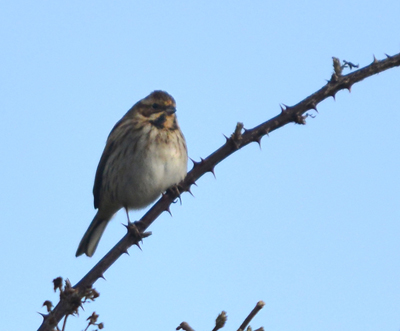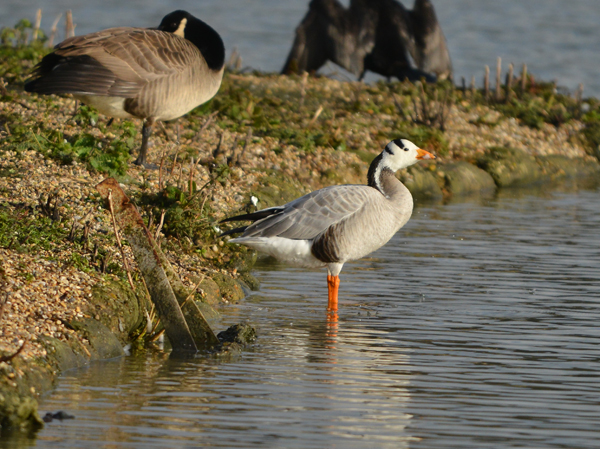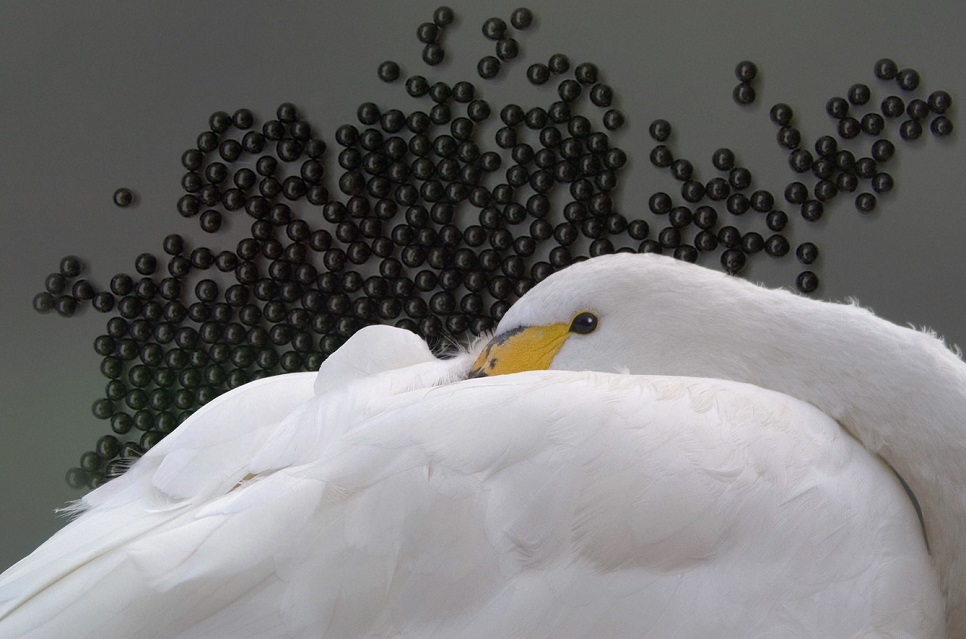National Nest Box week starts on Feb 14

Walk on Feb 4 2013
The air has a spring-like quality today and carries the songs of blue tits and chaffinches as I walk towards the Woodland Loop this morning. I hear the repeating notes of a song thrush and soon spot him in the top branches of the dead oak. A mistle thrush sings opposite, across the wet meadow, a more fluid melody with no repeating notes.
Although winter is still with us there has been a definite shift in singing patterns as the males up the game and start claiming territory and scouting for nesting sites.
This week National Nest box week starts on Valentine’s Day. A great way to show your show your love of wildlife is to give garden birds a place to nest. There are many types of boxes available in a variety of price ranges or you can even build your own.
A blue tit is singing near nest box 12 by the Woodland Loop feeding station. Nuthatches used this box last year. If the blue tit claims the box an aggressive nuthatch could easily evict it.
A starling is singing in the trees at the fence line as I enter the reedbed boardwalk. Through my binoculars I watch his throat swell and his wings quiver as he sings. Starlings nest in empty woodpecker nesting holes in dead trees here. Returning to the same nest year on year starlings clean out and refresh the old nest, the male refurbishing the base with grass and leaves and the female lines it with soft feathers and moss.
Many birds nest in old woodpecker nests or any similar cavities in dead trees. Unless they present a hazard it is good to leave some standing dead wood - its a habitat that supports many types of wildlife.
Near the reedbed boardwalk I see fresh water vole latrines. The voles must already be nibbling away at fresh phragmites reed shoots underwater. As I exit the reedbed a female reed bunting startles up to the top bramble opposite. The reed buntings are roosting in the reedbed overnight. I startled a small group that were roosting close to the boardwalk during my evening walk yesterday.
The waters of the Scrape Hide are quiet - only 5 teal, a shelduck and one snipe. I am surprised as numbers across the reserve of all species have been high lately. Then I see the crowded waters from the windows of the Sand Martin hide - 19 lapwing, 21 greylag geese and 15 snipe. A feral bar-headed goose sits among the Canadian geese on a small island to the left. Seventeen common gulls mix with over two hundred black-headed gulls. The air becomes a whir of wings as the gulls and lapwing take to the air, wheeling and crying to protest the presence of a peregrine overhead.


